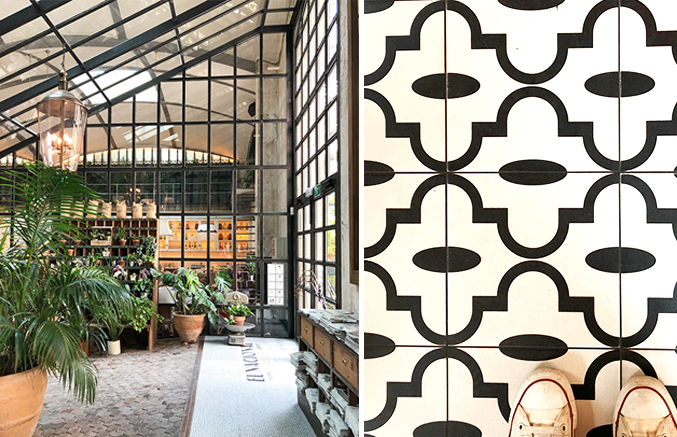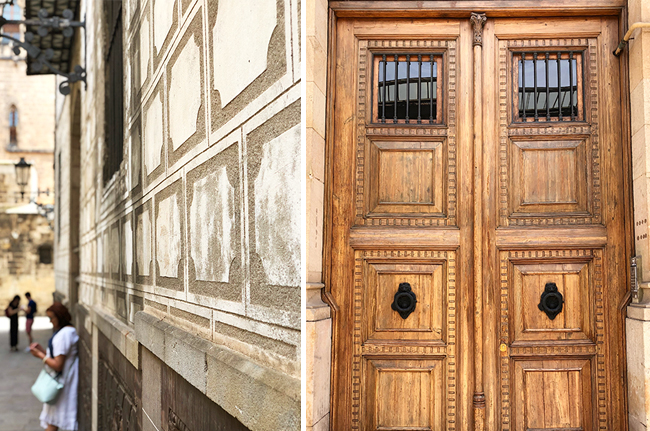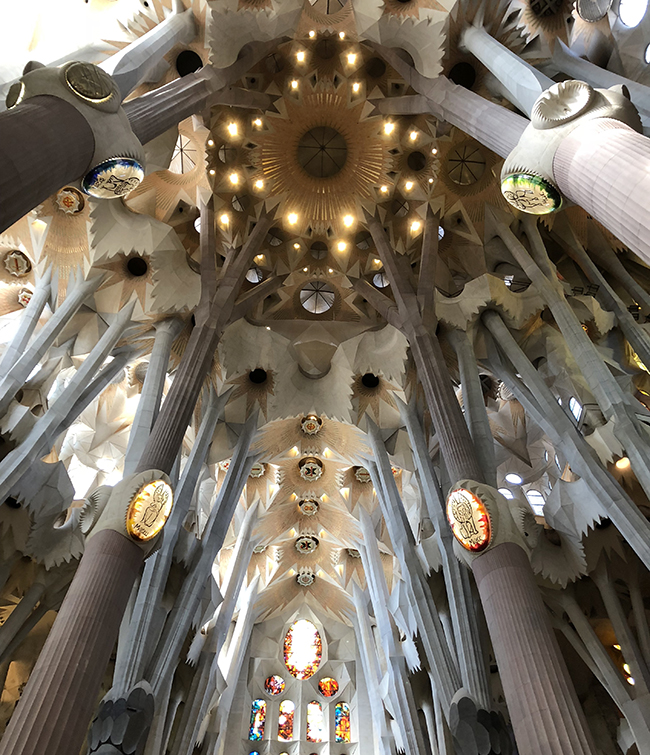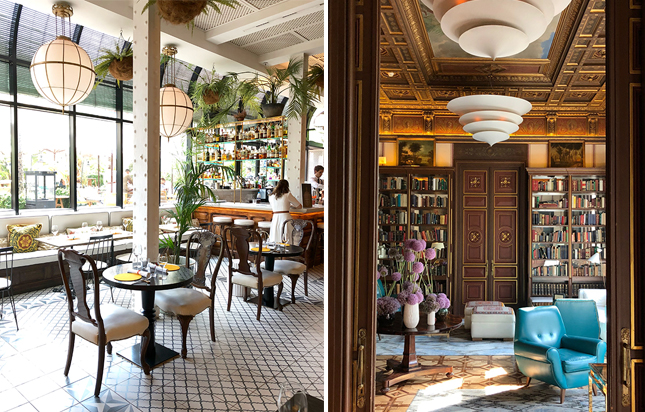Design Inspiration in Barcelona
Our Principal Interior Designer, Jennifer, recently returned from an inspiring trip to Barcelona full of architectural tours, design hot spots, and plenty of delicious food! Read on to see highlights and hear about her trip firsthand!

One of our first stops was El Nacional, described to us as Barcelona’s version of San Francisco’s Ferry Building. El Nacional is a popular gastronomic destination, the building was originally constructed in 1870 as a textile factory and was later converted into a parking garage before being transformed into the multi-restaurant concept that it is today. El Nacional is comprised of four restaurants, four bars, and a café, each specializing in a different aspect of Catalan and Spanish cuisine. The interior of El Nacional is designed to evoke the feeling of an early 20th century market, with each restaurant and bar situated in a different section of the building. The high ceilings, wrought iron details, and mosaic-tiled floors add to the historic charm of the space. El Nacional has become a popular destination for locals and tourists alike, offering a unique culinary experience that celebrates the rich history and culture of Catalonia and Spain. A feast for the eyes and the belly!

We stayed in El Born and spent hours just wandering the streets of the Gothic Quarter. I couldn’t walk more than a few blocks without seeing a pattern, texture, or pair of antique doors that I just HAD to photograph! And yes, this exasperated my impatient five year old son. 🙂

Antoni Gaudí’s Sagrada Família basilica was hands-down one of the most incredible architectural tours of my life. It’s impossible to put into words, so head to our Instagram page and watch the ‘Inside Look’ video!
Antoni Gaudi’s Sagrada Familia is one of the most iconic and important architectural structures in the world. The basilica has been under construction for over 100 years and is still incomplete. Despite this, the structure is a stunning example of Gaudi’s unique architectural style, which blends Gothic and Art Nouveau elements with his own innovative designs. The building’s exterior is known for its intricate facades, towers, and sculptures, while the interior features stunning stained-glass windows and soaring columns that create a sense of weightlessness. The Sagrada Familia is not only a beautiful and awe-inspiring building, but it is also a testament to Gaudi’s creative genius and his dedication to pushing the boundaries of traditional architecture.

We ended our stay at the Cotton House Hotel, a 19th century Neoclassical building that once served as the headquarters of the Cotton Textile Foundation. The building that houses the hotel was originally constructed in the late 19th century and served as the headquarters of the Cotton Textile Foundation, which was responsible for regulating the cotton trade in Catalonia. The building’s original architect, Elies Rogent, was a student of Gaudi and incorporated some of the same modernist elements into the design. After serving as the headquarters for the Cotton Textile Foundation for over a century, the building was renovated and transformed into a luxury hotel in 2015. The hotel’s interior features a mix of contemporary and classic design elements, with nods to the building’s past as a hub of the cotton trade. Today, the Cotton House Hotel is a popular destination for travelers looking for a luxurious and unique experience in Barcelona. A thoughtful restoration by acclaimed interior designer Lázaro Rosa-Violán successfully blends old-world with modern luxury. I guarantee you will not be able to put your camera down!
